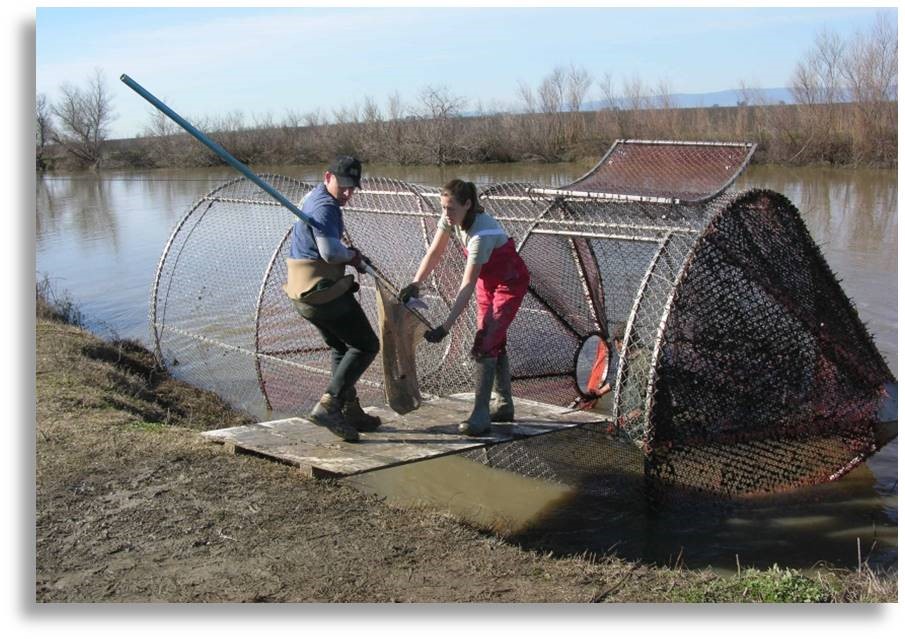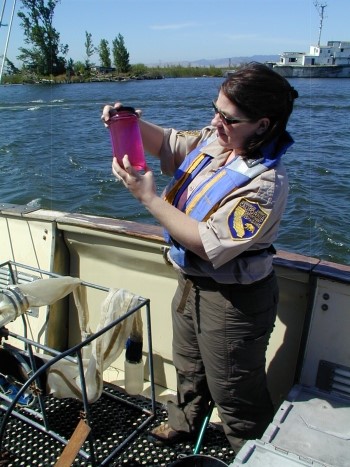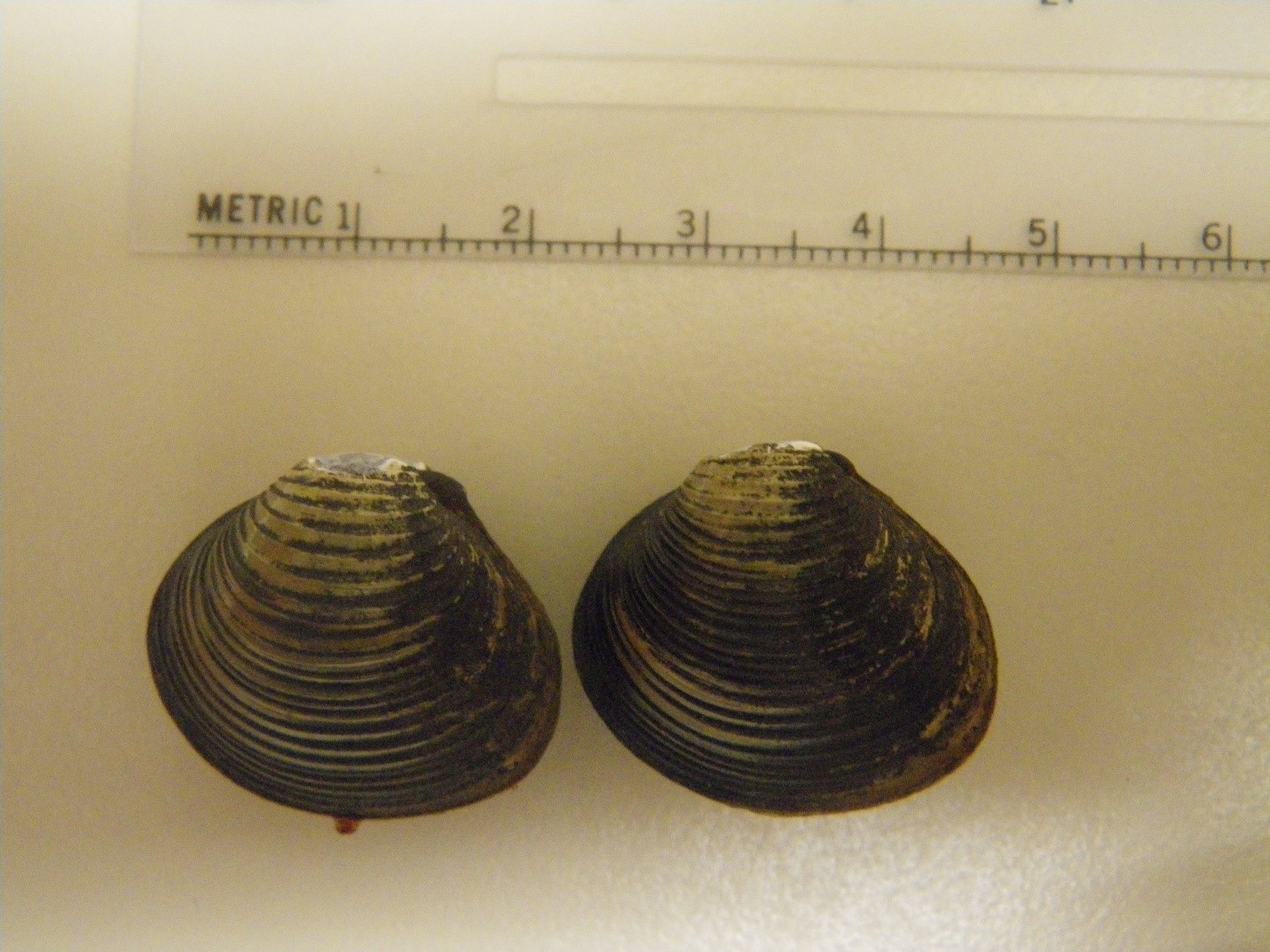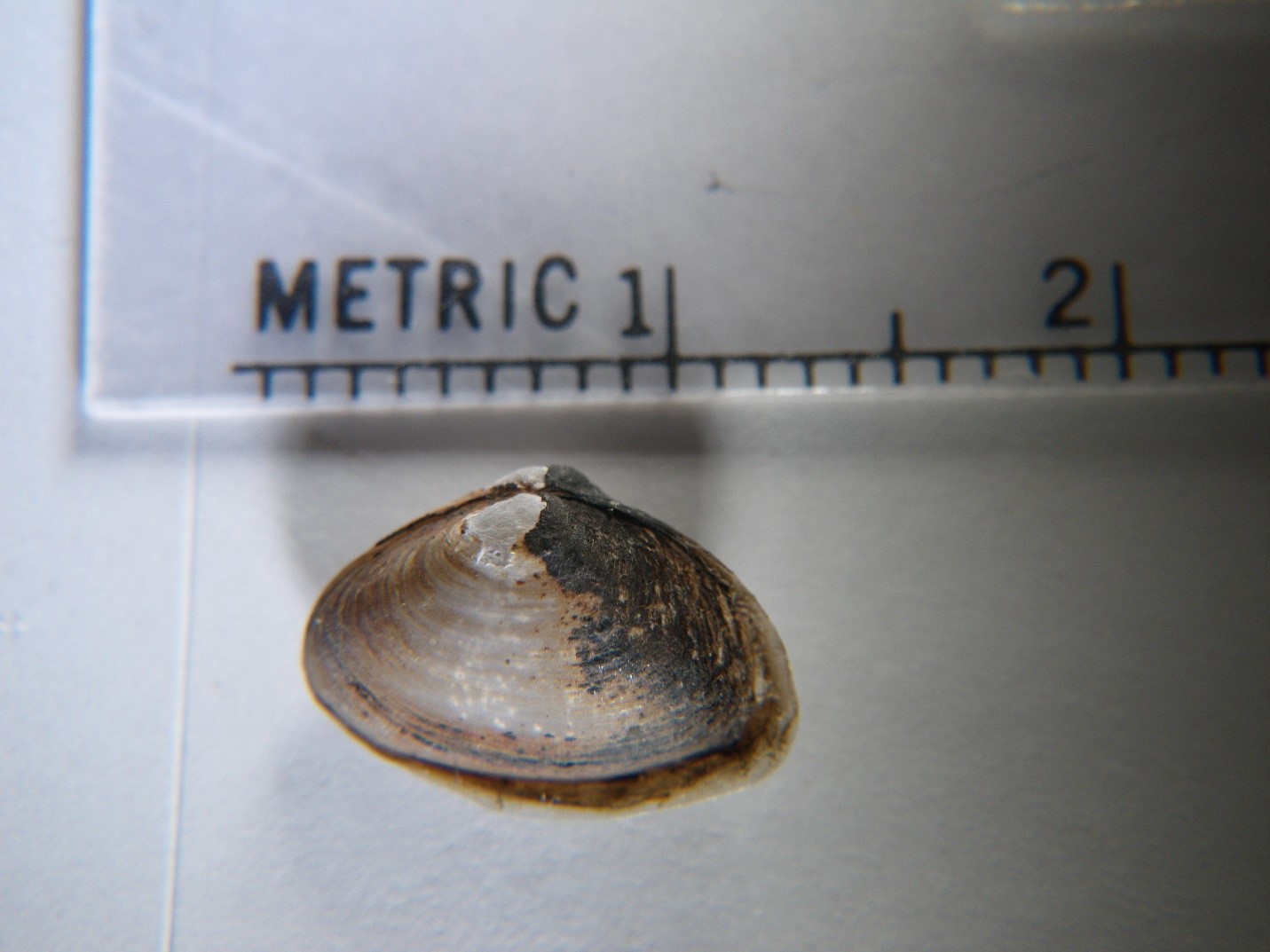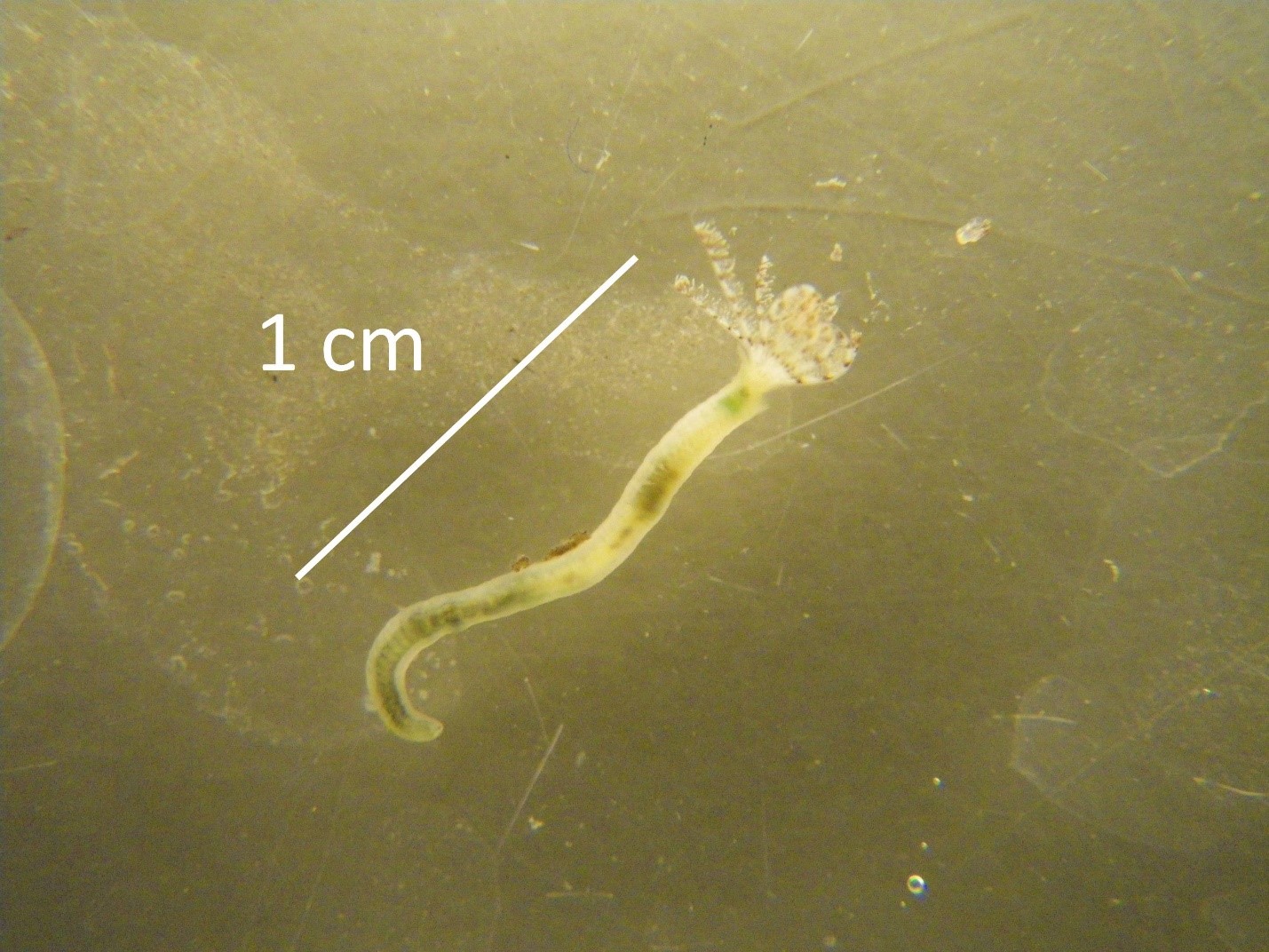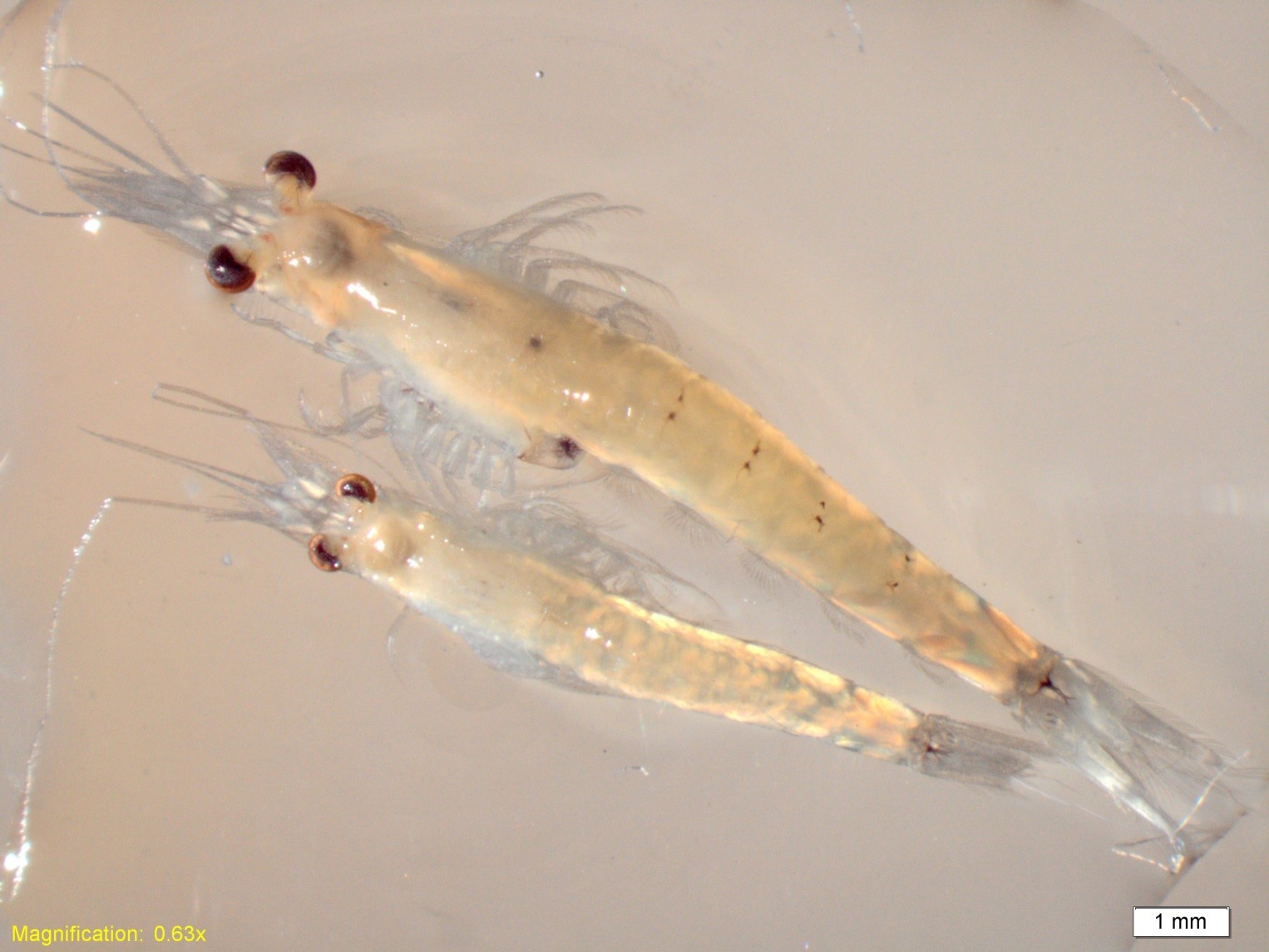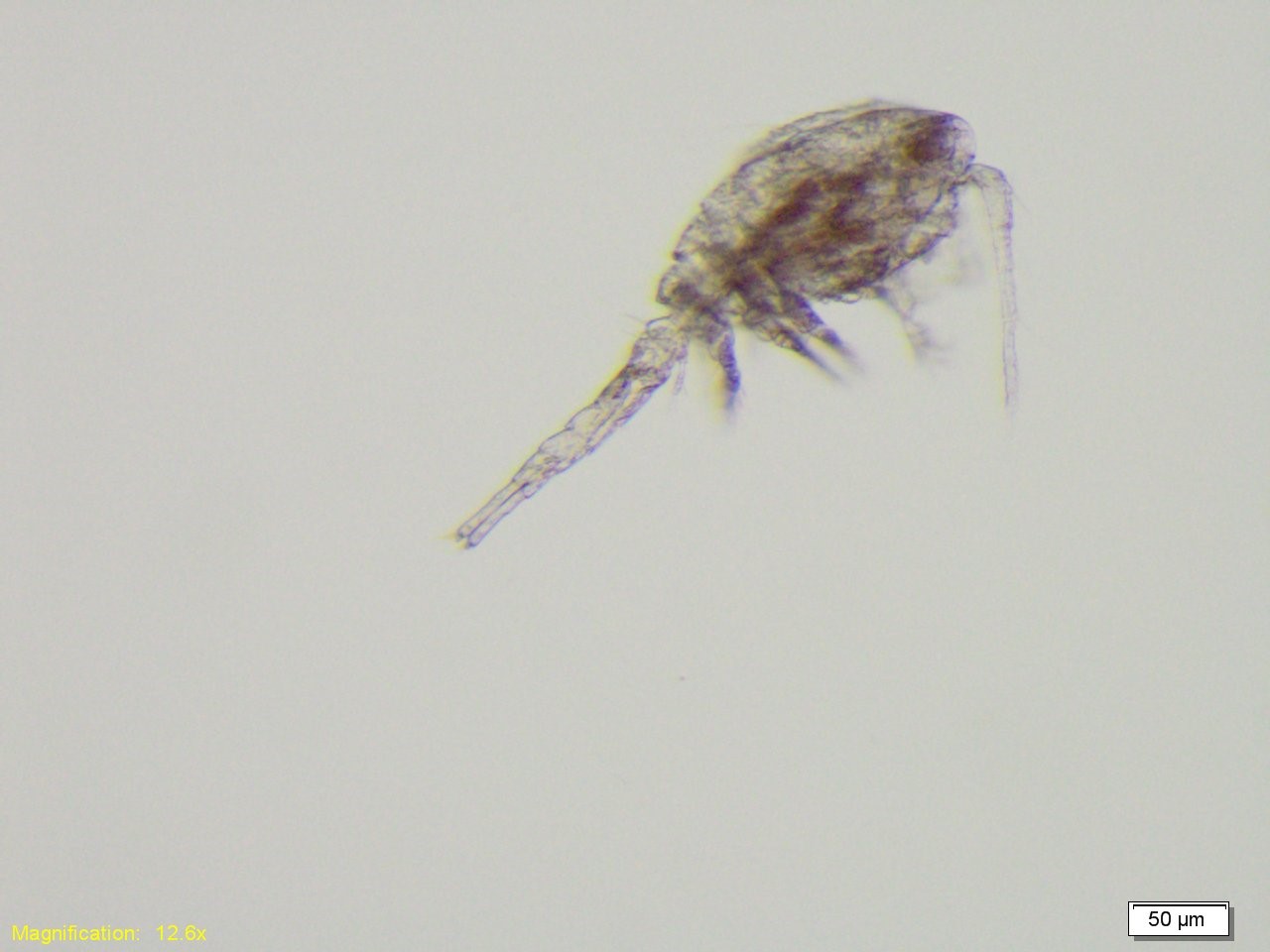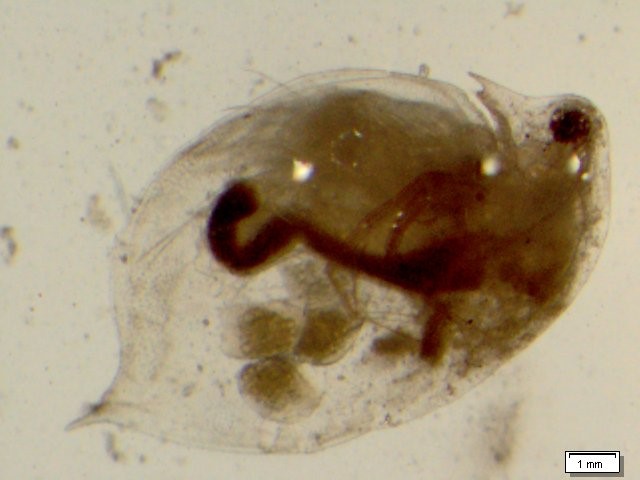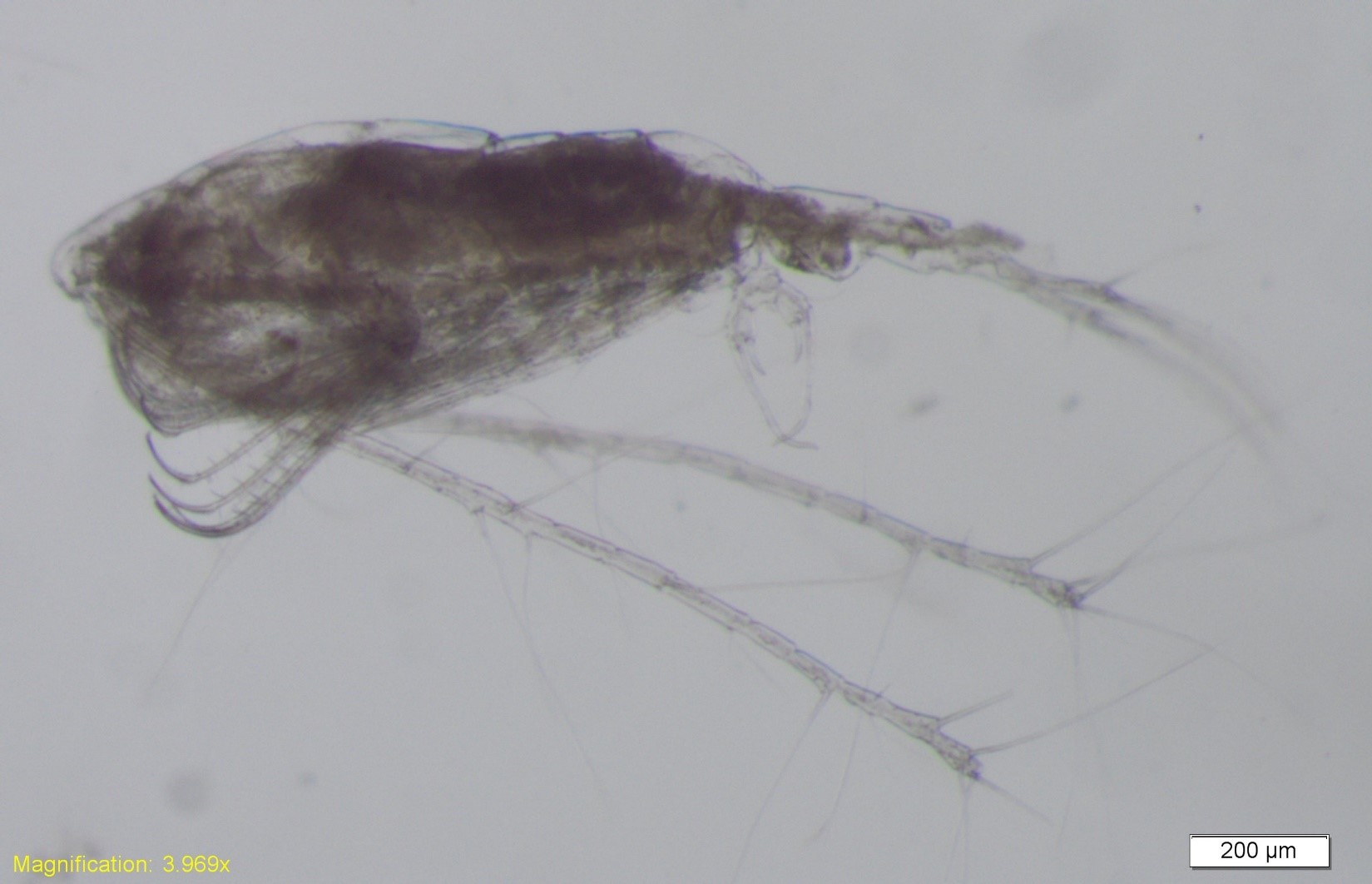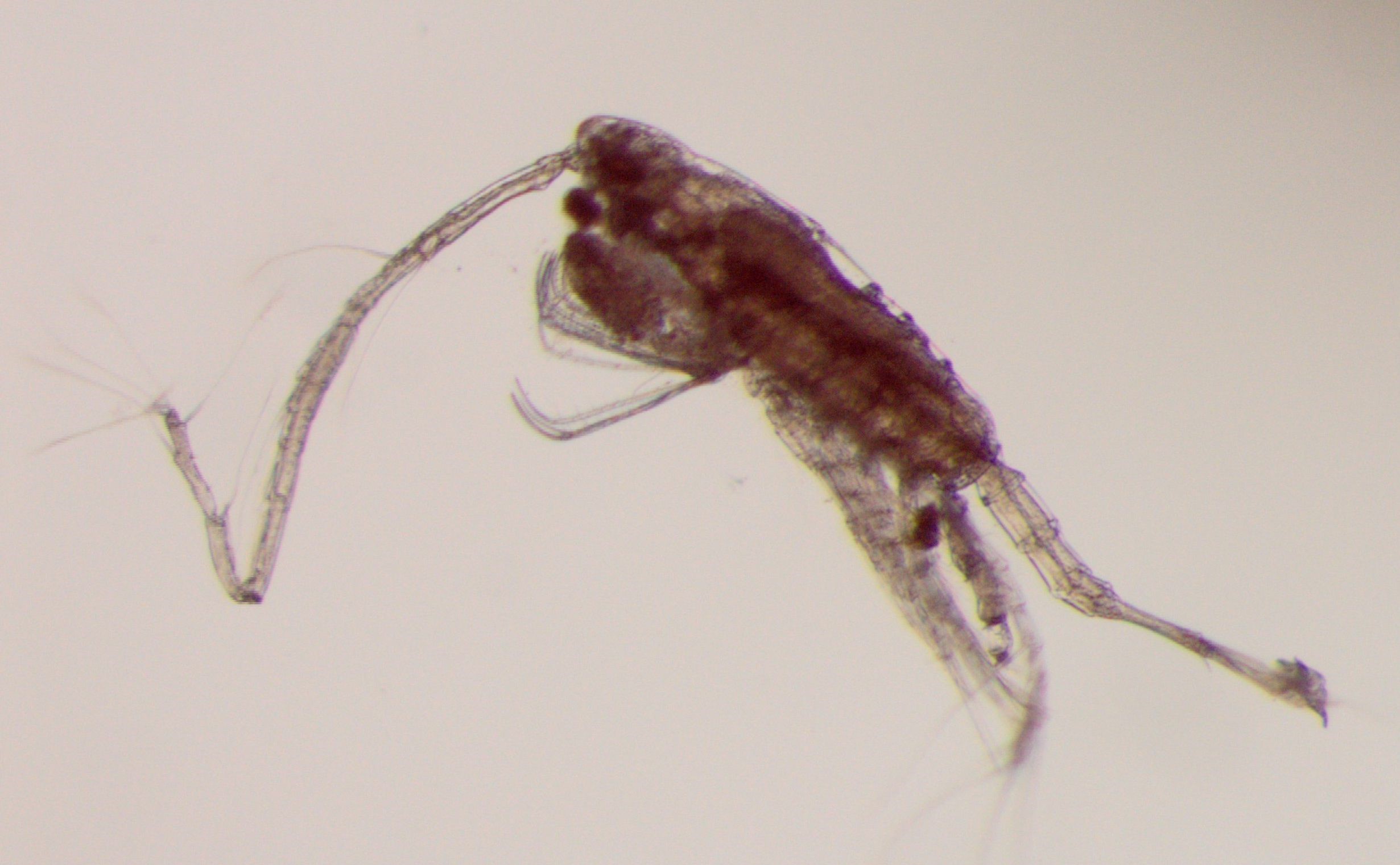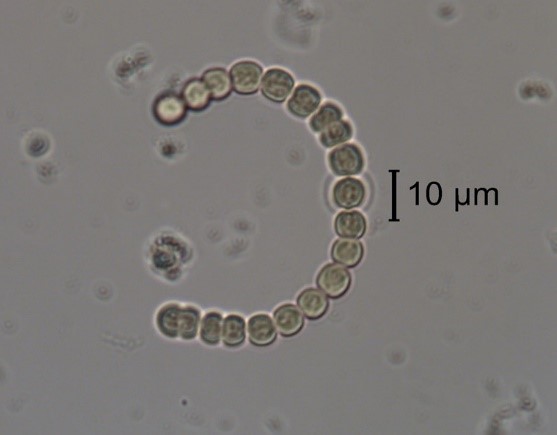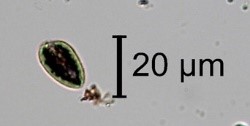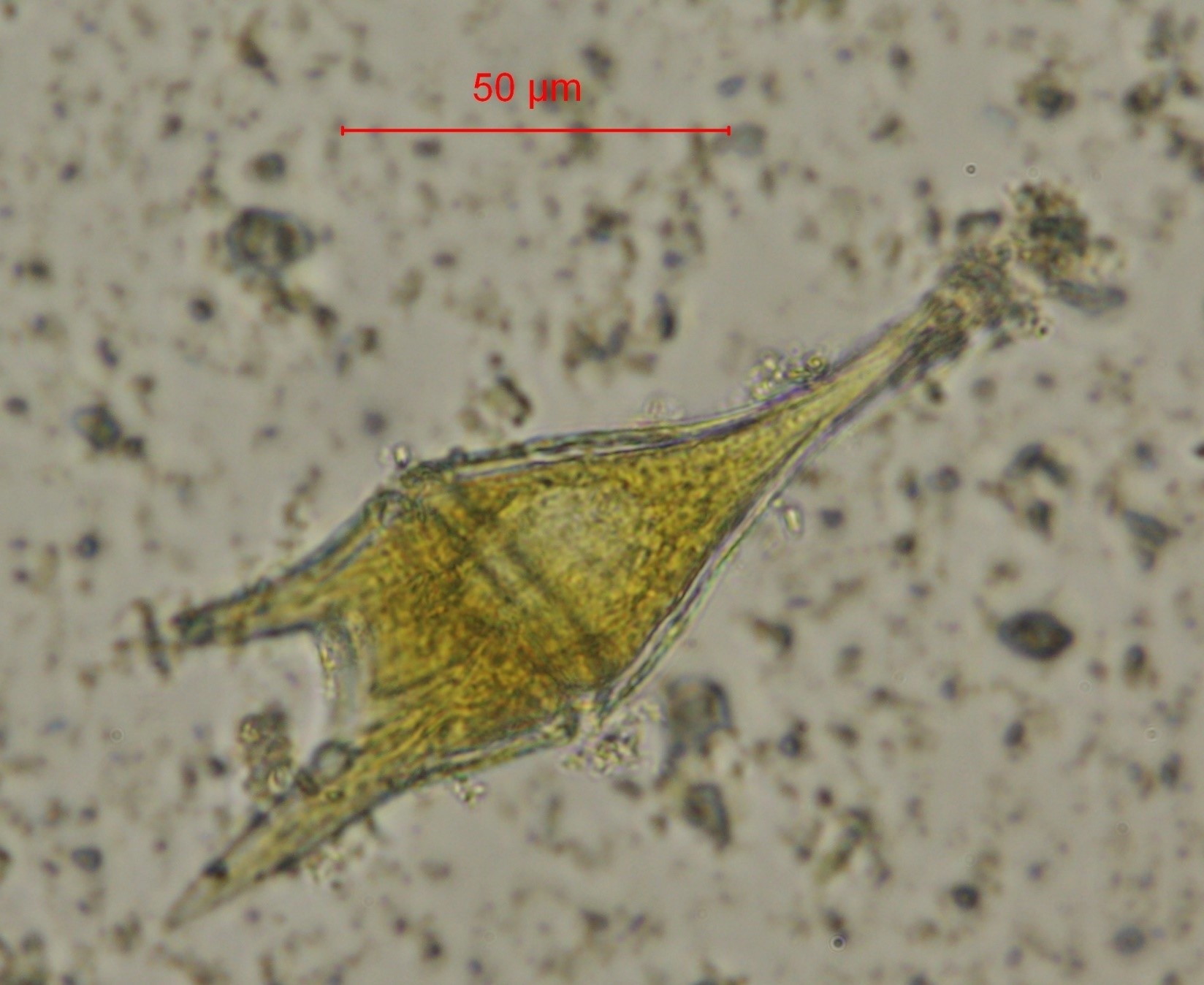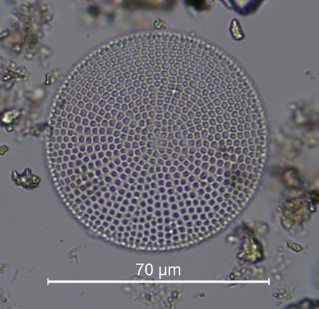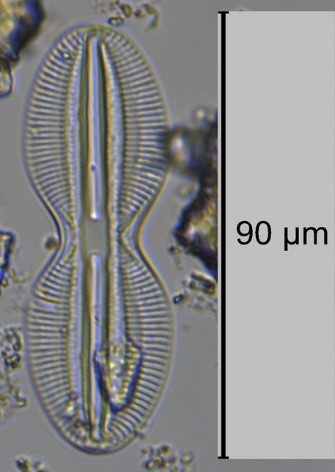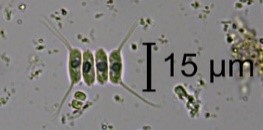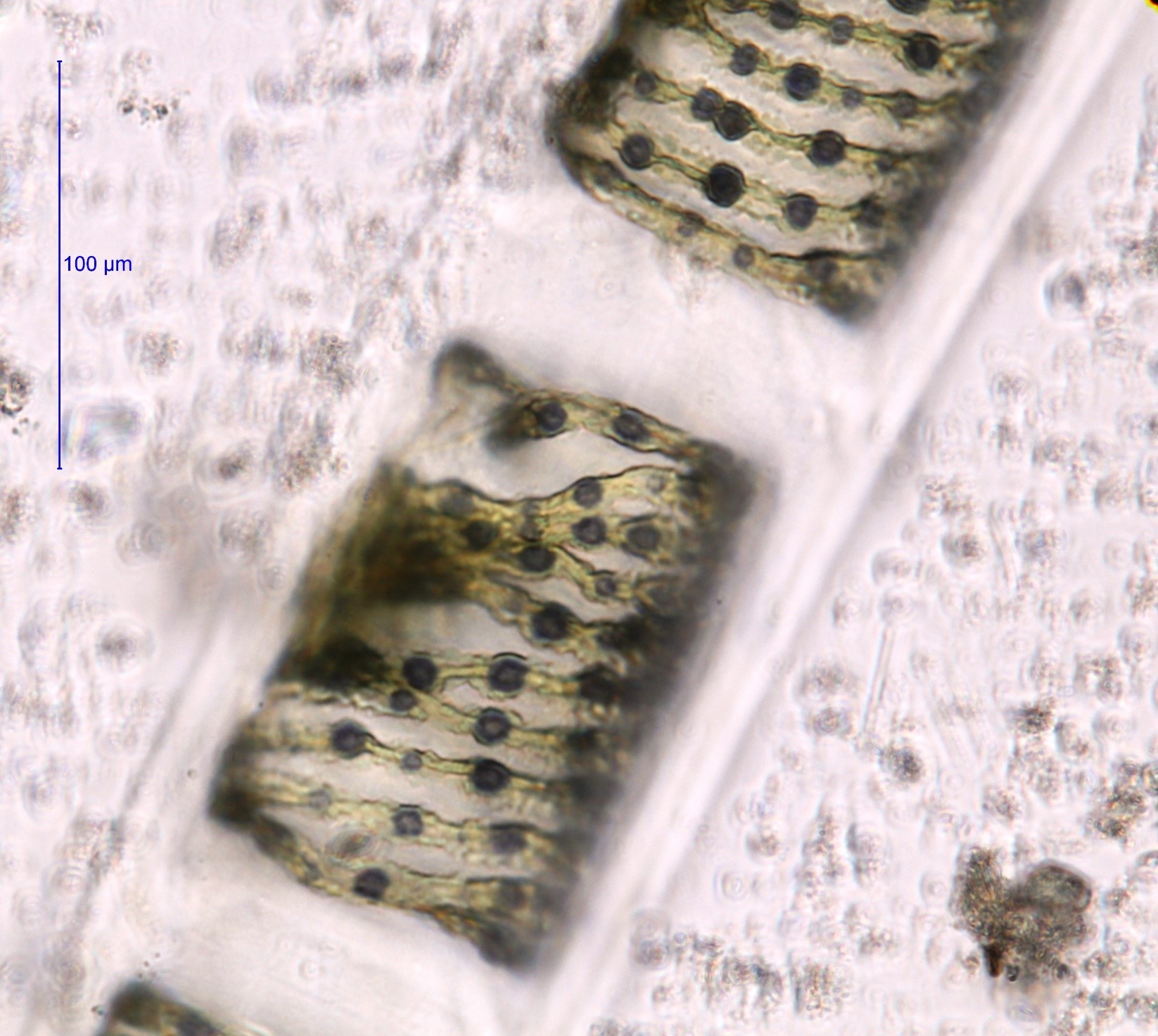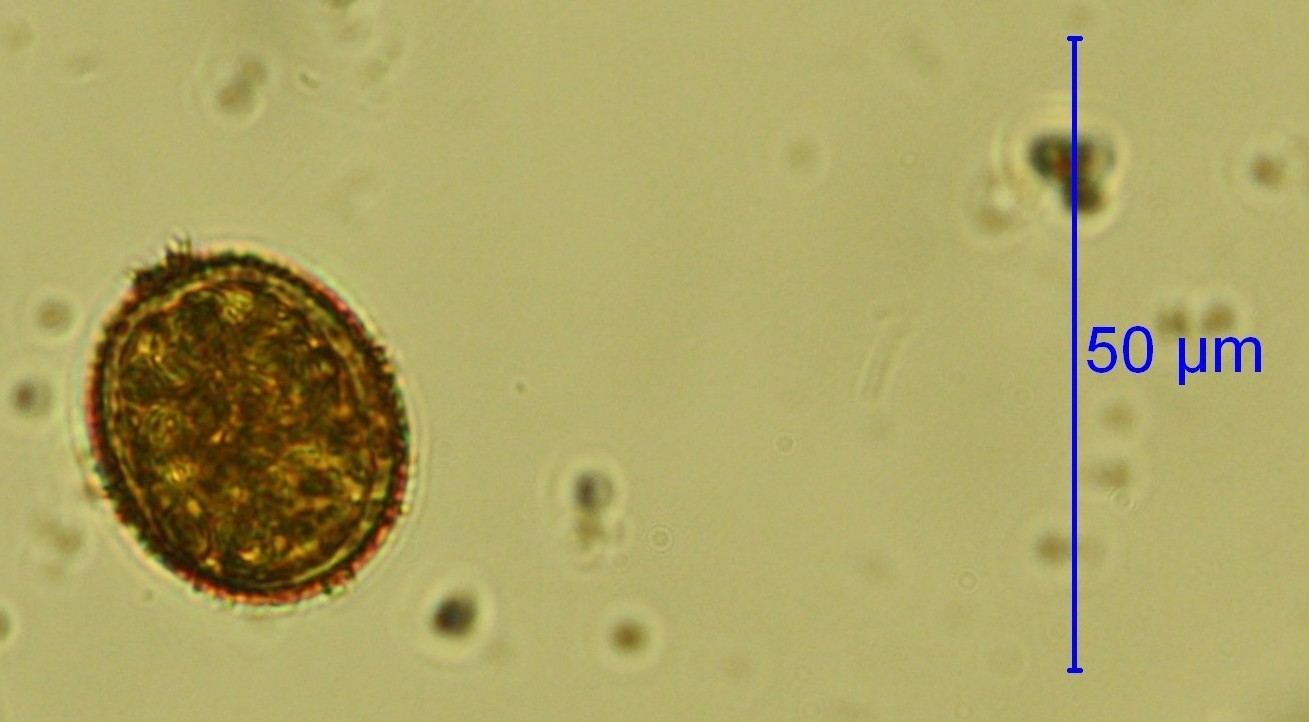Biological Monitoring & Assessment
Funded by the State Water Project (SWP), the Biological Monitoring and Assessment Program is conducted in collaboration with the California Department of Fish and Wildlife (CDFW) and consists of 5 categories:
- Benthic Organisms
- Phytoplankton
- Zooplankton
- Yolo Bypass Fish Monitoring
- EcoRestore Fish Passage Monitoring
In concert with the CDFW’s Zooplankton group, we collect discrete biological data in the Sacramento-San Joaquin Estuary. Benthic Organisms, phytoplankton and zooplankton monitoring efforts are in compliance with the State Water Resources Control Board's Water Right Decision D-1641, which mandates a comprehensive water quality monitoring program, and is used to detect ecological changes in the upper estuary that are related to water project operations.
Analysis of biological monitoring data by our Environmental Water Quality and Estuarine Studies (EWQES) branch addresses specific science and management questions on IEP Synthesis.
Biological monitoring data collected by includes:
- Organism identities
- Catch per unit effort
The Benthic Organism monitoring effort was started in 1975 and currently monitors 10 sites across the estuary’s salinity gradient, from Suisun Bay upstream to Clifton Court Forebay and Stockton, on a monthly basis. Benthic invertebrates are collected with a PONAR grab, preserved, identified, and enumerated.
In addition to mandated monthly monitoring of benthic invertebrates, we also conducted special studies of benthic invertebrates using spatial intensive sampling schemes. These special studies complement the long-running mandated monitoring and provide a more comprehensive picture of the benthic community of the Upper San Francisco Estuary.
Our EcoRestore fish passage projects are constructed within the Yolo Bypass, under the Yolo Bypass Salmonid Habitat Restoration and Fish Passage (YBSHRFP) Project. The objective of the projects is to ensure that each structure will allow adult salmon, steelhead, and sturgeon to pass safely and efficiently as they attempt to reconnect with the Sacramento River. Hydroacoustic telemetry equipment is used to confirm that fish experience unimpeded passage through new structures without encountering migratory delays. Additionally, sonar imaging stations placed within a newly constructed adult fish passage structure on the Fremont Weir (estimated completion in fall of 2018) records fish movement through the structure and monitors for avoidance behavior upon encountering the structure.
The Phytoplankton monitoring effort started sampling in 1975 and currently consists of monthly sampling at 15 sites across the full estuarine salinity gradient. Phytoplankton monitoring is concurrent with water quality and zooplankton monitoring. Phytoplankton samples are collected at 1 meter below the water surface, preserved, enumerated, and identified to the lowest taxonomic level possible.
Starting in 1998, theYolo Bypass Fish Monitoring Program is an integral part of the Interagency Ecological Program (IEP). Fisheries and invertebrate monitoring in the Yolo Bypass.. The objectives of the monitoring efforts is to collect baseline data on lower trophic levels (phytoplankton, zooplankton, aquatic and terrestrial insects), juvenile fish and adult fish, hydrology, and physical conditions. As the Yolo Bypass has been identified as a high restoration priority by the National Marine Fisheries Service Biological Opinions for Delta Smelt (Hypomesus transpacificus), winter and spring-run Chinook Salmon (Oncorhynchus tshawytscha), and these baseline data are critical for evaluating success of future restoration projects.
The Zooplankton monitoring effort is conducted by CDFW in collaboration with our EWQES branch. Zooplankton monitoring began in 1968 with mysid monitoring. In 1972, monitoring expanded to include copepods, cladocerans, and rotifers.
Monitoring is currently conducted once a month concurrent with water quality and phytoplankton monitoring at 20 fixed stations and between 2 and 4 floating entrapment zone stations (where bottom electrical conductivity is 2 and 6 millisiemens per centimeter).
Three types of sampling gear are used by the project; a mysid net, a Clarke-Bumpus net (targets adult and juvenile copepods, and cladocerans), and a pump (targets adult and juvenile cyclopoid copepods of the genera Limnoithona and Oithona, copepod nauplii, and rotifers). Samples are concentrated by sieving, preserved, identified to the lowest practical level depending on gear type, and enumerated.
Resources
Publications & Reports
- Bivalve effects on the food web supporting delta smelt—A long-term study of bivalve recruitment, biomass, and grazing rate patterns with varying freshwater outflow.
- Benthic assemblage variability in the upper San Francisco Estuary: A 27-year retrospective.
- The influence of floodplain habitat on the quantity and quality of riverine phytoplankton carbon produced during the flood season in San Francisco Estuary
- IEP newsletter (Yearly articles on Zooplankton, Phytoplankton, and Benthic organisms).
- California's Yolo Bypass: Evidence that flood control can be compatible with fisheries, wetlands, wildlife, and agriculture.
Maps
- Active benthic organism monitoring sites
- Historic benthic organism monitoring sites
- Active phytoplankton monitoring sites
- Historic phytoplankton monitoring sites
- Active zooplankton monitoring sites
- Historic zooplankton monitoring sites
- Yolo Bypass Fish Monitoring Program map
- Ecorestore Yolo Bypass Habitat Restoration Map
Contact Information
biological.monitoring@water.ca.gov
Benthic organisms:
Betsy Wells elizabeth.wells@water.ca.gov
Phytoplankton:
Tiffany Brown tiffany.brown@water.ca.gov
Zooplankton:
April Hennessy april.hennessy@wildlife.ca.gov
Yolo Bypass Fish Monitoring:
Jared Frantzich jared.frantzich@water.ca.gov
EcoRestore Yolo Bypass Fish Passage Restoration:
Josh Martinez joshua.martinez@water.ca.gov



